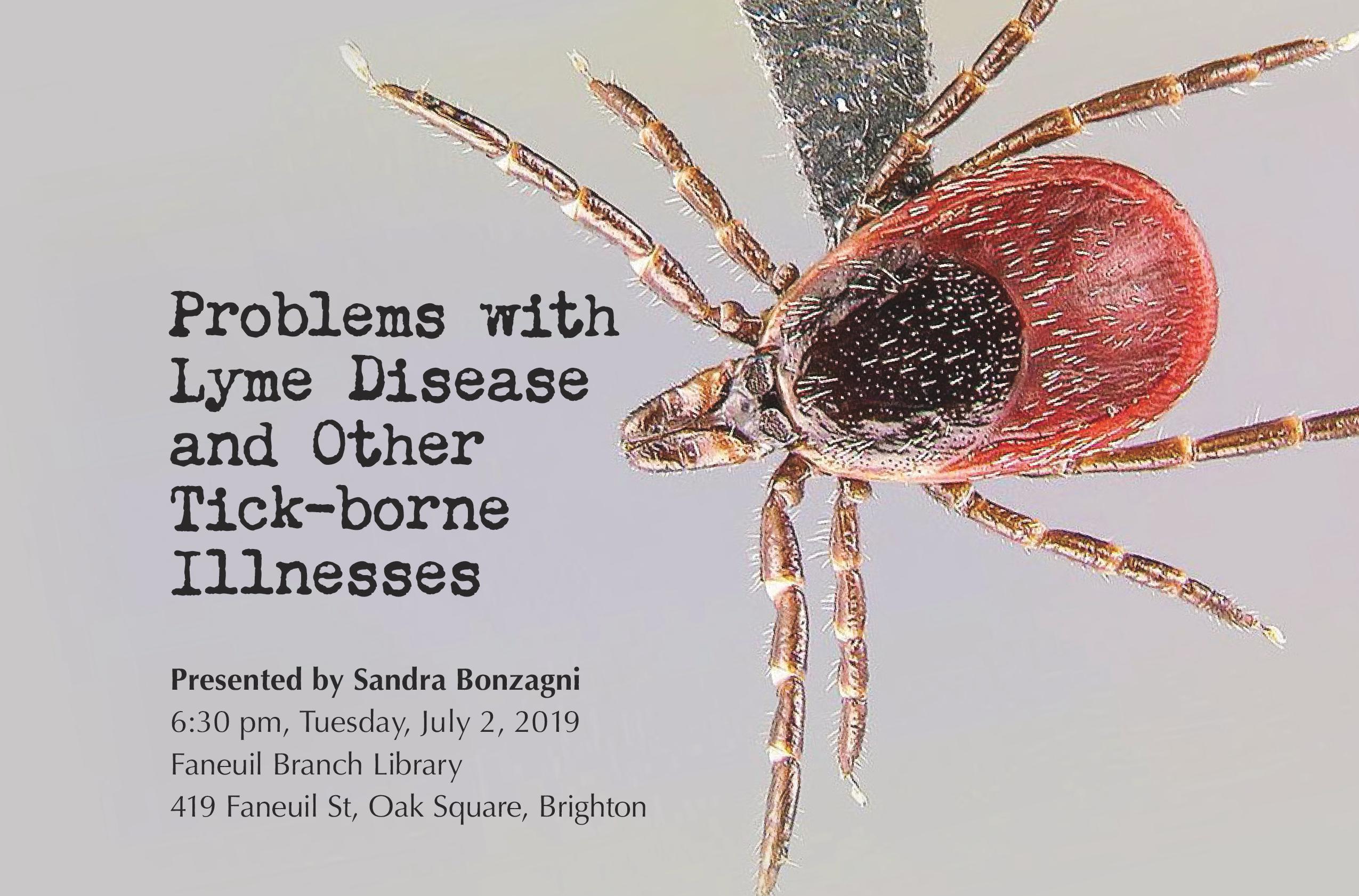
There are also reports of non-specific gastrointestinal (G.I.) or respiratory symptoms. Īnaplasmosis usually presents non-specific symptoms such as fever, chills, malaise, myalgias, headache, and rarely a rash. Eight states, including Vermont, Maine, Rhode Island, Minnesota, Massachusetts, Wisconsin, New Hampshire, and New York, account for around nine in 10 of all the reported cases of anaplasmosis. Anaplasmosis and ehrlichiosis are the second-most common tick-borne diseases reported in 2019, after Lyme disease. The case fatality rate was persistently low (<1%). The majority of the patients registered were males above 40 years of age. On the other hand, in 2018, 4008 cases of anaplasmosis were reported. The CDC had reported an increased number of anaplasmosis cases from 348 in 2000 to 5,762 in 2017. It causes anaplasmosis, also known as human granulocytic anaplasmosis (HGA). It is an obligate intracellular gram-negative bacteria. Black-legged tick-borne Infections in the United StatesĪnaplasma phagocytophilum belongs to the Rickettsiale order. Male ticks die after mating, and the female ticks are known to lay eggs in thousands during May. Female adult ticks feed on the white-tailed deer, whereas male adult ticks do not require a blood meal to survive. The nymphs molt into mature ticks in their second year during autumn. scapularis, mainly occurs during the nymphal stage. Transmission of pathogens to humans, carried by I. However, the transmission of the Powassan virus and Borrelia Miyamotoi is known to occur transovarially as well. Multiple pathogens can be acquired, multiplied, and transmitted due to the midgut and the tick's salivary glands during the blood meal. The larva and the nymph have a rodent, Peromyscus leucopus, as their primary host, and a white-tailed deer, Odocoileus virginianus, serves as the host for the mature ticks (adult stage). scapularis depends on three natural hosts for its blood meal it is crucial to complete its life cycle, including the larval stage, nymphal stage, and adult. The tick survives for about two to four years.

scapularis belongs to the Ixodidae family, and it takes multiple molts for this tick to reach adulthood. Brief overview of the life cycle of Ixodes scapularis

We also discuss alpha-gal syndrome and the effect of COVID-19 on tick-borne infections in the United States. įollowing this, we present a comprehensive review of the diseases caused by the black-legged ticks in the United States. Moreover, researchers demonstrated that the theory-based tick-borne disease prevention program led to the adoption of precautionary measures by people causing a decreased incidence of tick-borne infections by 60%. Due to the high burden, research is needed to guide and develop healthcare policy. Additionally, the COVID-19 pandemic has further heightened the burden due to tick-borne infections, in terms of delay in diagnosis, superadded COVID-19 infection. These costs are influenced by the severity of the disease and stage of diagnosis. The economic burden due to Lyme disease in Maryland in 1997-2000 was approximately $10,000 per case of Lyme disease, including both direct/indirect medical costs and losses in productivity.

Lyme disease could have an estimated burden of $712 million to $1.3 billion a year on the US healthcare system. Due to tick-borne infections, increased economic burden from a societal perspective was seen before the COVID-19 pandemic. The Center for Diseases Control and Prevention (CDC) suggests knowing about the ticks’ habitat, i.e., grassy, bushy, or wooded areas, or even on animals treating the clothing and gear with 0.5% permethrin using Environmental Protection Agency (EPA)-registered insect repellents and avoiding wooded and bushy areas with high grass and leaf litter.


 0 kommentar(er)
0 kommentar(er)
